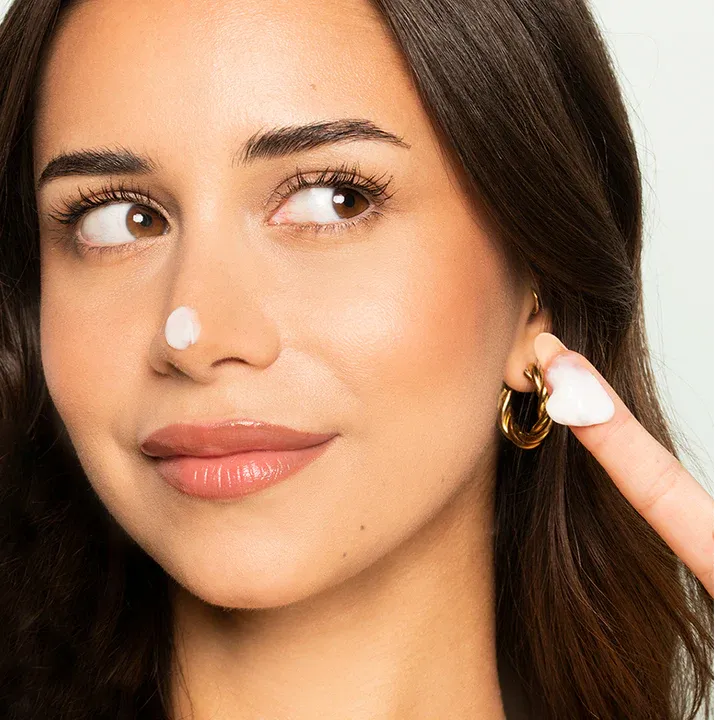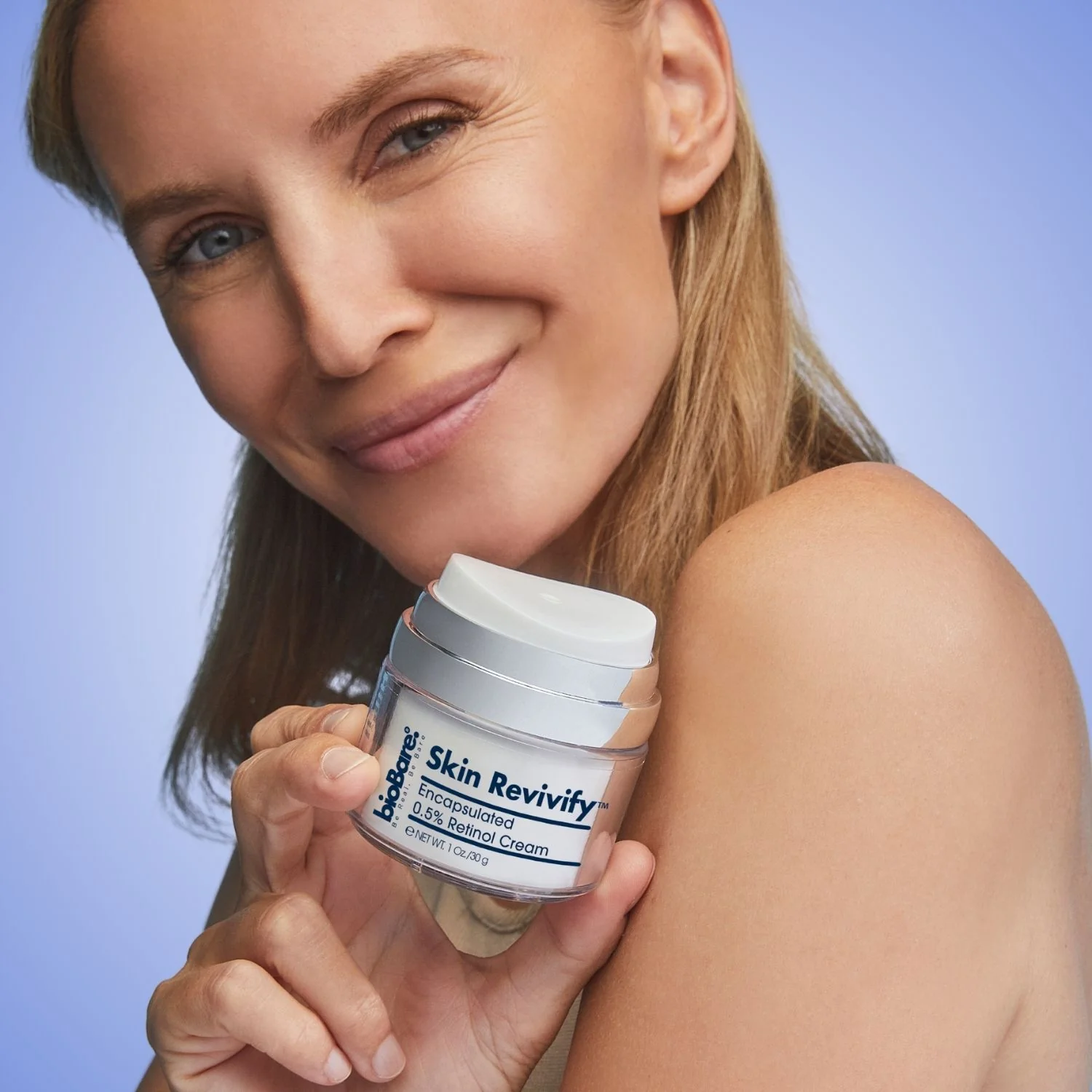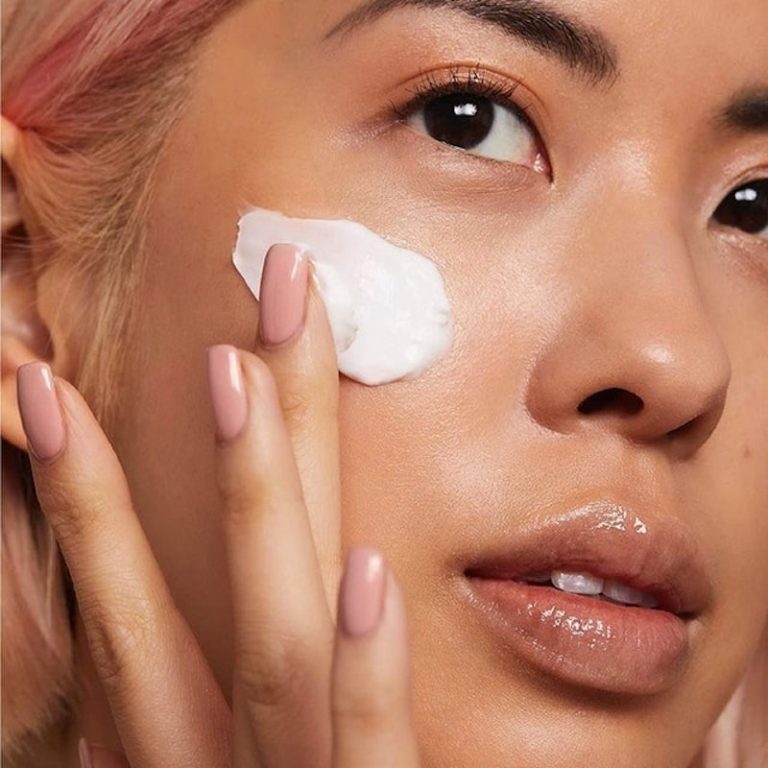
Revitalize Your Skin with Latest Anti-Aging Creams
Introduction to Anti-Aging Creams
Aging is a natural process. Yet, many of us wish to slow it down, especially when it comes to our skin. Anti-aging creams are formulated to help with this. They are specialty moisturizers. These creams aim to reduce wrinkles and fine lines. Additionally, they can improve skin texture and tone.Over time, our skin loses elasticity and moisture. Sun damage and lifestyle choices can speed up this process. Anti-aging cream contain ingredients that target these issues. Frequent use can help restore some of the lost vibrancy. It’s important to know that no cream can reverse aging completely. However, certain products can make the skin appear more youthful.
To get the best out of an anti-aging cream, understand its ingredients. Also, know how they work. Consistent application is key. Pairing these creams with healthy habits can also boost results. Good habits include proper hydration, diet, and sun protection.The market is full of anti-aging products. It’s essential to choose wisely. Look for creams that suit your unique skin concerns. Not every cream will suit everyone. It’s a good idea to patch test new creams. This way, you avoid adverse reactions.
In this blog, we will delve into the famed benefits of anti-aging creams. We will outline key ingredients to look for. We’ll also tackle how to integrate these creams into your skincare routine. Myths and facts about these creams will be discussed as well. Stay tuned to learn more about revolutionizing your skincare with anti-aging cream choices.

Key Ingredients in Anti-Aging Creams
When shopping for anti-aging creams, knowing the key ingredients is crucial. These ingredients are the agents that help reduce signs of aging. Here are the most important ones to look for:
- Retinoids: Derived from Vitamin A, retinoids are powerhouse ingredients. They help in cell turnover and stimulate collagen production. This aid in reducing fine lines and improving skin texture.
- Peptides: These are amino acids that help build proteins in the skin. They are essential for elasticity and firmness. Peptides in anti-aging creams can support skin repair and rejuvenation.
- Antioxidants: Vitamins C and E, as well as other antioxidants, protect the skin. They fight free radicals that can accelerate aging. Antioxidants also contribute to skin brightness and can help with uneven pigmentation.
- Hyaluronic Acid: A powerful moisturizer, hyaluronic acid can hold many times its weight in water. It helps to hydrate and plump the skin, reducing the appearance of wrinkles.
- Alpha Hydroxy Acids (AHAs): These acids exfoliate the skin to reveal newer, younger cells. AHAs can improve skin texture and tone.
- Sunscreen: While not an ingredient that reverses aging, it’s essential for prevention. Using sunscreen in your anti-aging cream protects the skin from further sun damage.
By understanding these key ingredients, you can pick an anti-aging cream that best suits your skin’s needs. Always check product labels and aim to use anti-aging creams with a blend of these powerful components for best results.
Benefits of Using Anti-Aging Creams
Using anti-aging creams can bring several benefits to the skin. Here’s how they can help rejuvenate and maintain a youthful appearance:
- Minimize Fine Lines and Wrinkles: Regular use of anti-aging cream can reduce the depth and number of fine lines and wrinkles. Over time, the skin may look and feel smoother.
- Enhanced Skin Elasticity and Firmness: Ingredients like peptides and retinoids stimulate collagen production. This process helps to improve the skin’s overall elasticity and firmness.
- Improved Skin Texture and Tone: Anti-aging creams with AHAs work to exfoliate the skin. This reveals more even-toned and smoother skin beneath.
- Hydration and Plumping: Hyaluronic acid in anti-aging creams provides intense hydration. It helps plump the skin, making wrinkles less noticeable.
- Protection Against Environmental Damage: Antioxidants and sunscreen elements shield the skin. These ingredients protect it from further damage caused by UV rays and pollution.
- Brighter, More Radiant Complexion: The antioxidants, especially vitamin C, can help to brighten the complexion. This gives the skin a more radiant and youthful glow.
By choosing the right anti-aging cream suited to your skin type, you can enjoy these benefits. For the best outcome, apply the cream as part of a consistent skincare routine. Combine this with a balanced diet and sufficient water intake for more effective results.

How to Choose the Right Anti-Aging Cream
Choosing the right anti-aging cream is vital for your skincare. Start by assessing your skin type. Dry, oily, and combination skin each has unique needs. For dry skin, creams with hyaluronic acid offer deep hydration. Oily skin types might prefer light, non-comedogenic formulas. Combination skin may need a balanced cream that hydrates without increasing oiliness.
Consider your main skin concerns next. If wrinkles are your focus, look for creams rich in retinoids and peptides. These ingredients help diminish fine lines. For uneven skin tone, creams with vitamin C and AHAs can brighten and even out complexion.
Pay attention to the ingredient list. Aim for creams with high concentrations of active ingredients. Fewer fillers mean a more potent product. Always check for ingredients that may trigger allergies or sensitivities.
Think about texture and fragrance. Some prefer creamy, rich textures while others like lightweight gels. Fragrance-free options are ideal for sensitive skin.
Read reviews and study clinical trials, if available. They provide insights into the cream’s effectiveness. But remember, what works for one person may not work for you.
Lastly, consider the price range. Higher-priced creams are not always more effective. Sometimes, mid-range products offer the same benefits.
To sum up, choose a cream that addresses your specific skin needs, has active ingredients, and suits your budget. Regular use is the key to seeing results.
Latest Advances in Anti-Aging Cream Formulations
The world of skincare is always evolving. Latest advances in anti-aging cream technology offer promising results. Scientists are constantly working on new ingredients and combinations. These improve the effectiveness of anti-aging creams. Here are some of the latest trends and innovations:
- Encapsulation Technology: Modern creams now use encapsulation. This protects active ingredients. It helps them penetrate deeper into the skin layers.
- Stem Cell Technology: Some creams include plant or human stem cell extracts. Research suggests they may promote skin regeneration and repair.
- Personalized Skincare: Advances in genomics enable personalized cream formulations. These target the unique skin concerns of individuals based on their DNA.
- Better Delivery Systems: There are improvements in how ingredients are delivered. Liposomes and microspheres ensure that active components reach the targeted areas effectively.
- Natural and Organic Ingredients: There’s a growing demand for natural products. More creams use organic ingredients. These reduce the risk of skin irritation and allergies.
- Multi-functional Products: New anti-aging creams are not only about reducing wrinkles. They offer additional benefits, such as protection from blue light and pollution.
By embracing these latest advancements, anti-aging creams are becoming more effective. They can cater to a wider range of skin concerns. Always be on the lookout for products that incorporate these cutting-edge developments.

Addressing Different Skin Concerns with Anti-Aging Creams
When using anti-aging cream, it’s important to target specific skin concerns. Each cream has a different focus. Some aim to reduce deep wrinkles, while others tackle fine lines and dullness. Let’s explore how to address various skin issues with the right anti-aging cream:
- Wrinkles and Fine Lines: For deep wrinkles, look for creams high in retinoids. They boost collagen production and speed up cell turnover. Fine lines respond well to hydration. Seek creams with hyaluronic acid.
- Loss of Firmness: To improve firmness, find creams with peptides. They strengthen skin’s elasticity and firmness.
- Uneven Tone and Dark Spots: Anti-aging creams with vitamin C are ideal here. They fade dark spots and even out skin tone.
- Dry and Dull Skin: Look for creams that combine AHAs with moisturizers. AHAs exfoliate while moisturizers like hyaluronic acid hydrate.
- Sensitive Skin: If your skin is sensitive, opt for creams with soothing ingredients. Antioxidants like vitamin E help and avoid fragrances.
- Combination Skin: Find a balanced cream. It should hydrate dry areas without causing oiliness.
Matching the right anti-aging cream to your skin concerns is essential. It ensures that you get the maximum benefits from the product. Remember to always do a patch test with a new cream. This helps avoid adverse reactions. Use the cream consistently for the best results. Pair it with compatible skin care products for an effective regimen. Together, these steps can help you achieve a healthier, more youthful complexion.
Integrating Anti-Aging Creams into Your Skincare Routine
Incorporating anti-aging creams into your daily skincare routine can maximize their benefits. Here’s a step-by-step guide to effectively use these creams for the best results:
- Cleanse: Start with a gentle cleanser to remove impurities. Clean skin absorbs anti-aging cream better.
- Tone: Apply a toner to balance your skin’s pH. This step preps your skin for the anti-aging cream.
- Serum: If you use a serum, apply it before the anti-aging cream. Serums with antioxidants are a good pick.
- Anti-Aging Cream Application: Use your fingertips to dot the cream on your face. Gently massage it in an upward motion. Focus on areas with fine lines.
- Moisturize: If your anti-aging cream isn’t very hydrating, follow with a moisturizer. This locks in the cream’s active ingredients.
- Sunscreen: During the day, finish with sunscreen. It protects your skin from aging UV rays.
For night routines, skip sunscreen. Choose creams with retinoids for evening use, as they work best overnight. Apply the anti-aging cream at least 30 minutes before bed. This lets it fully absorb.
Remember, consistency is key. Apply the anti-aging cream twice daily for lasting results. Listen to your skin. If irritation occurs, reduce application to once a day.
By following these steps, you can enhance the impact of anti-aging creams. Over time, you’ll notice smoother, firmer, and more radiant skin.

Common Myths and Facts About Anti-Aging Creams
When it comes to anti-aging creams, there’s no shortage of myths. Let’s clear up some common misunderstandings and present the facts:
Myth: Anti-Aging Creams Can Reverse Aging Completely
Fact: Anti-aging creams cannot turn back time. They can reduce signs of aging, like fine lines. But they won’t erase all signs of aging.
Myth: The More Expensive the Cream, the Better the Results
Fact: Price doesn’t always reflect effectiveness. Some affordable creams work just as well as pricier ones. Look for key active ingredients.
Myth: Anti-Aging Creams Work Instantly
Fact: Patience is vital. It may take several weeks to see improvements. Consistent use is important for results.
Myth: You Only Need Anti-Aging Creams If You See Wrinkles
Fact: Prevention is better than cure. Start using them early. This can delay the onset of wrinkles.
Myth: All Anti-Aging Creams Are the Same
Fact: Different creams target different concerns. Choose one that fits your skin’s needs.
Myth: Anti-Aging Creams Are Only for Women
Fact: Skin aging affects everyone. Men and women alike can benefit from using these creams.
Myth: Natural or Organic Means No Side Effects
Fact: Even natural ingredients can cause reactions. Always patch test any new product.
By understanding these myths and facts, you can make better choices about using anti-aging creams. Remember, a skincare routine tailored to your needs is the best approach to maintain healthy, youthful-looking skin.

